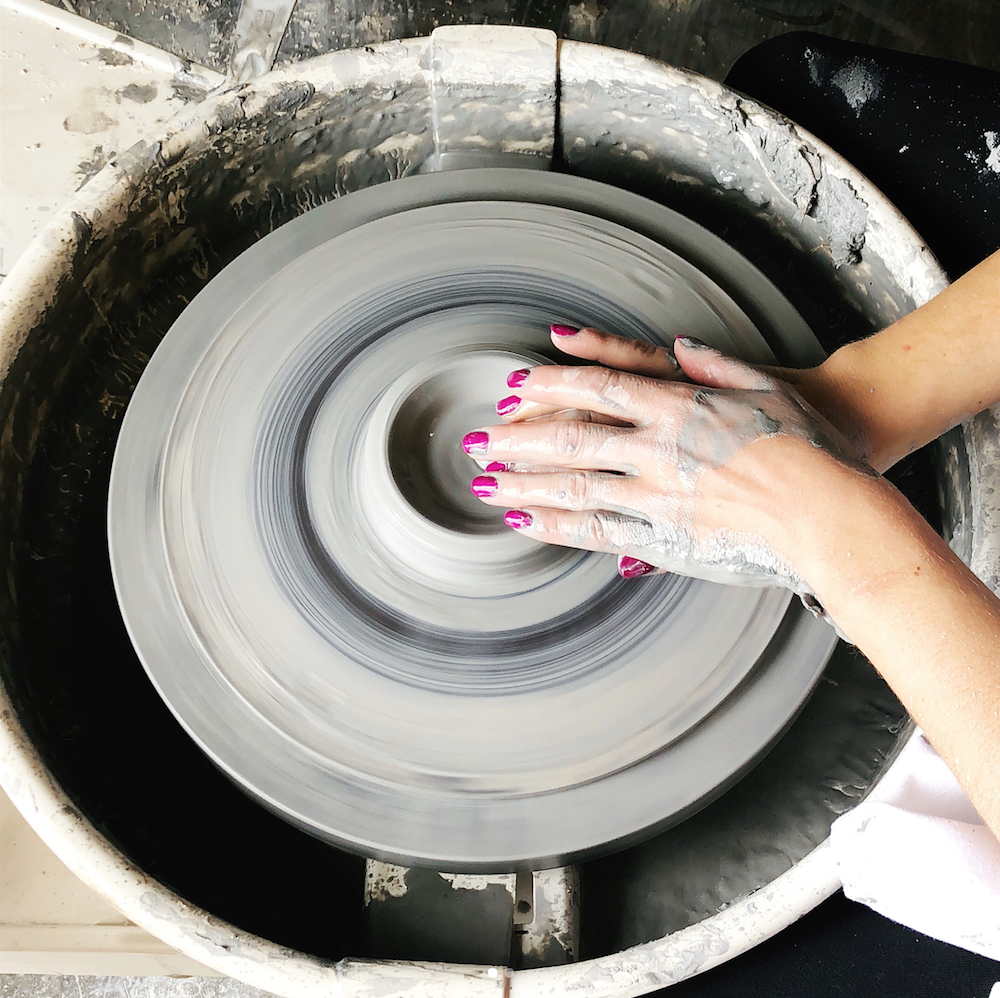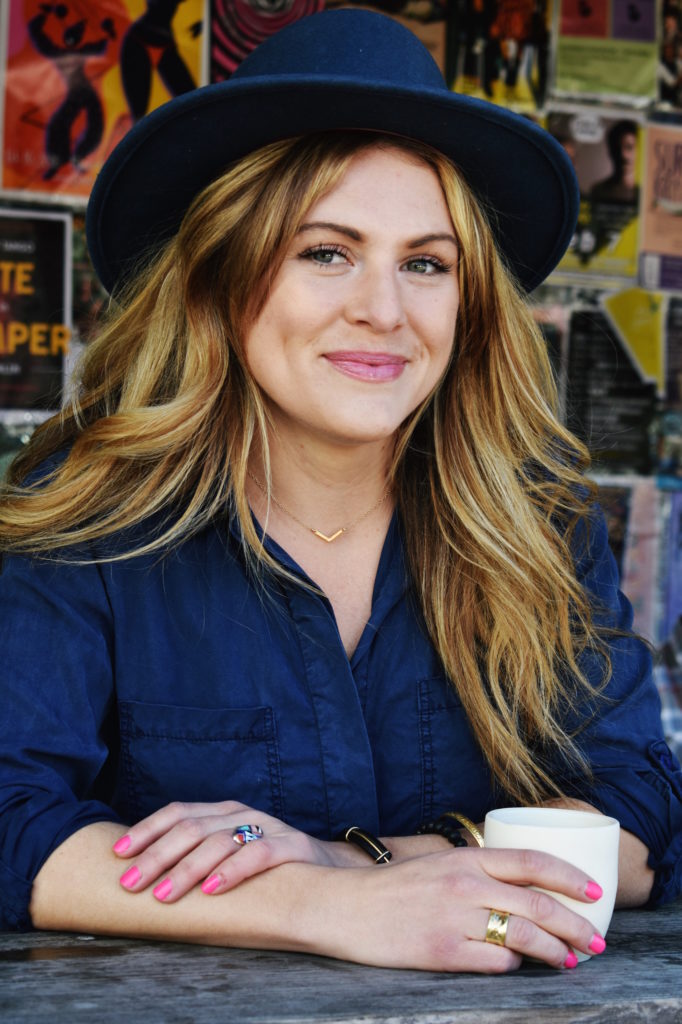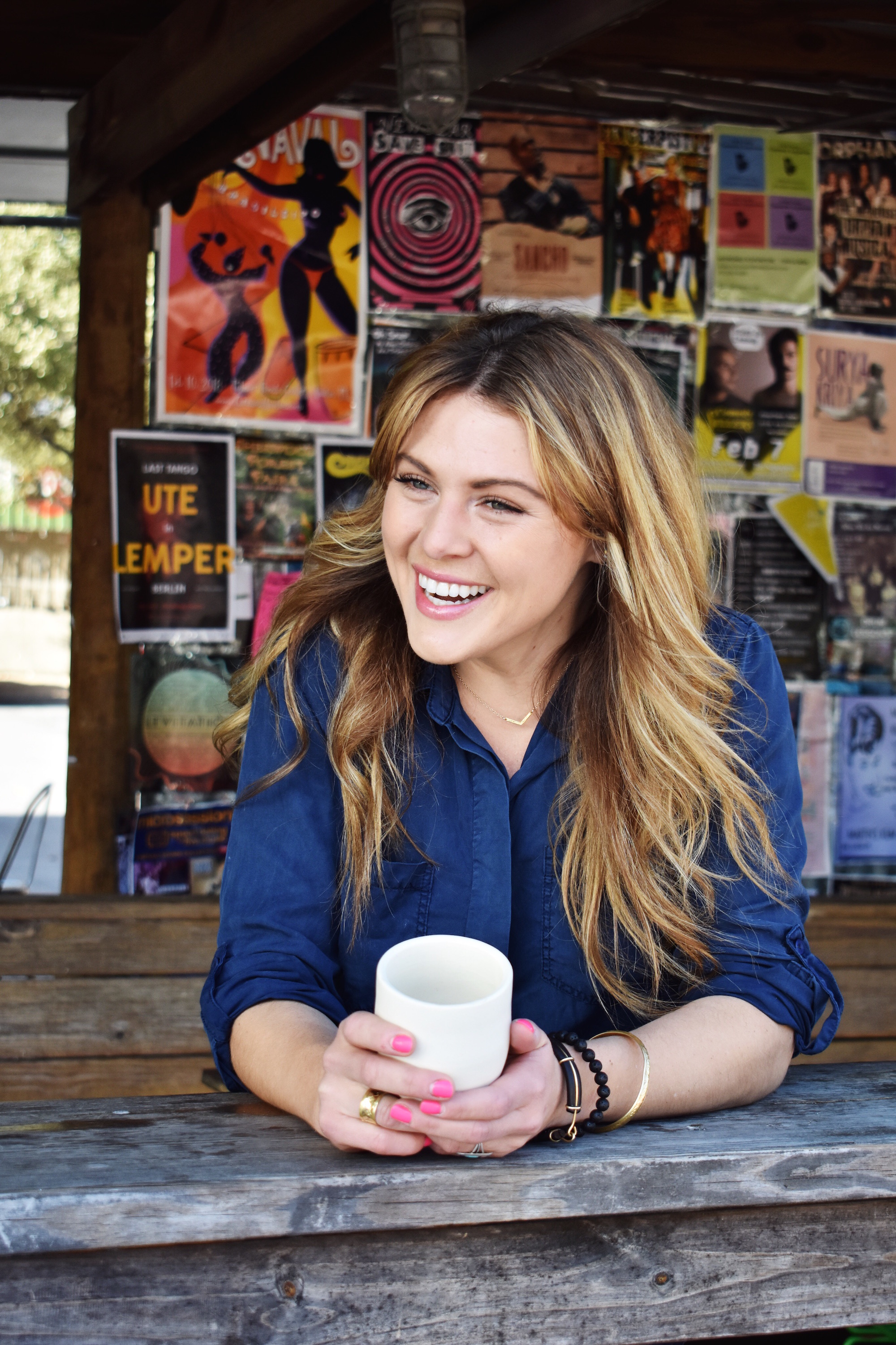A maker. A creative. An artist. No matter how you define it, there are many of us who are pursuing creative passions whether for a living or on the side.
If you’re creating on the side, you’ve probably dreamt of taking it to the next level and doing what you love full-time. But how do you actually take your passion project from a hobby to a business?
Kara Pendl, ceramicist and designer behind Karacotta Ceramics shares her tips with us on how to make money from your creative hobby.
___________
Before I started making serious money with my artistic company, Karacotta Ceramics, I spent years tinkering with the medium as a hobby and creative outlet. When I would tell people that I wanted to be a full-time artist, I usually got back a version of the response “Can you really make money as an [starving] artist?”
It wasn’t until I consciously decided to transition the hobby into a business, that it became a lucrative career endeavor. If you’re playing with the idea of transitioning your creative expression into a money-making-machine, I’m living proof that you can do it, relatively quickly and easily! Here are my top tips for getting started:
DECISIONS, DECISIONS
The first item on your to-do list is getting really clear on the idea that you DO want to make money from your creative hobby. Dig out your journal, take a walk in nature, and spend some time deciding if you want to create XYZ for creation and expression-sake, or in addition to those things, you also want to make (serious) money. Your strategy moving forward is going to be really different, depending on your answer. If you just want to create to create – that’s awesome, you’re going to crush it, and you can probably stop reading here. If, on the other hand, you want to make money, move on to the next step!
WHAT THE HECK TO MAKE
Once you’re clear that this hobby is going to make money, you need to decide what the heck you’re going to make. There are a couple loose boundaries – you can’t make everything, and you should keep making things you’re intentionally not selling (keep those creative juices flowing!). A simple way to narrow down your product offering is to make two columns: What I Love Making & What People Often Want to Buy/Comment On/or Ask About. Set a timer for 5 minutes on each side, and brain dump as many items into each column. When your lists are complete, find the 2-3 matching items from each list, and those few will be your initial product offering.

AUDITING ISN’T JUST FOR THE IRS
The next tip is to run your creative expression as a simple business. Often times, when we attach creative or art/artist to our money-making plan, more traditional and sound business practices go out the window. I challenge you to look at your artist expression as a business, remove the “art” component, and audit what is actually happening. How easy is it for customers to give you money? Does your website reflect your current offerings? Is your bookkeeping clean? What are your marketing strategies? The more objectively you can look at the business, the stronger you will be at identifying areas for improvement, so it can help to talk through this part with a trusted mentor, business coach, etc.
WORK HARD, PLAY HARD, WORK HARD AGAIN
The last thing to do, while it may sound obvious, is to work hard, consistently. In many situations, perseverance and work-ethic can beat out natural talent. Perseverance often comes down to just creating and living your life with integrity, or essentially, doing what you say you’re going to do, in a timely manner. So, it may be time for a gut-check…Are you responding to all emails within 24-36 hours? Is your to-do list getting complete daily/weekly? If you’re out of integrity, what can you build into your schedule to enforce it? This may mean hiring a business coach, streamlining new operating systems, outsourcing components of your business, etc. Setting yourself up for success by making the “hard” work, as easy as possible, and then showing up to do the work, every day, no excuses.
While success is never guaranteed, and believe me, I’ve had my fair share of failures, I hope these four tips can serve as encouragement, and set you on the path to achieving your wildest dreams. And if you’re en route from transitioning your hobby into a business, I would love to hear from you!
 Kara Pendl is the designer and artist behind Karacotta Ceramics, based in Austin, TX. Kara is a {mostly} self-taught ceramicist, stemming from a lifetime of creative curiosity, and has been working with clay for over 15 years. Originally a Wisconsin native, Kara grew up exploring in the woods, adventuring in nature, and creating with organic materials – these experiences heavily influence the unique aesthetic and processes in the body of her work.
Kara Pendl is the designer and artist behind Karacotta Ceramics, based in Austin, TX. Kara is a {mostly} self-taught ceramicist, stemming from a lifetime of creative curiosity, and has been working with clay for over 15 years. Originally a Wisconsin native, Kara grew up exploring in the woods, adventuring in nature, and creating with organic materials – these experiences heavily influence the unique aesthetic and processes in the body of her work.
In addition to creating, she teaches public and private ceramic classes, that weave in conversations around life-vision and goal-setting. When she’s not blissfully covered in mud, you can find her practicing handstands, reading in the sun, drinking coffee and chatting goals & strategy with other female entrepreneurs via her podcast: Make/Do.
Images by Melissa Frontino and courtesy of Kara Pendl.
